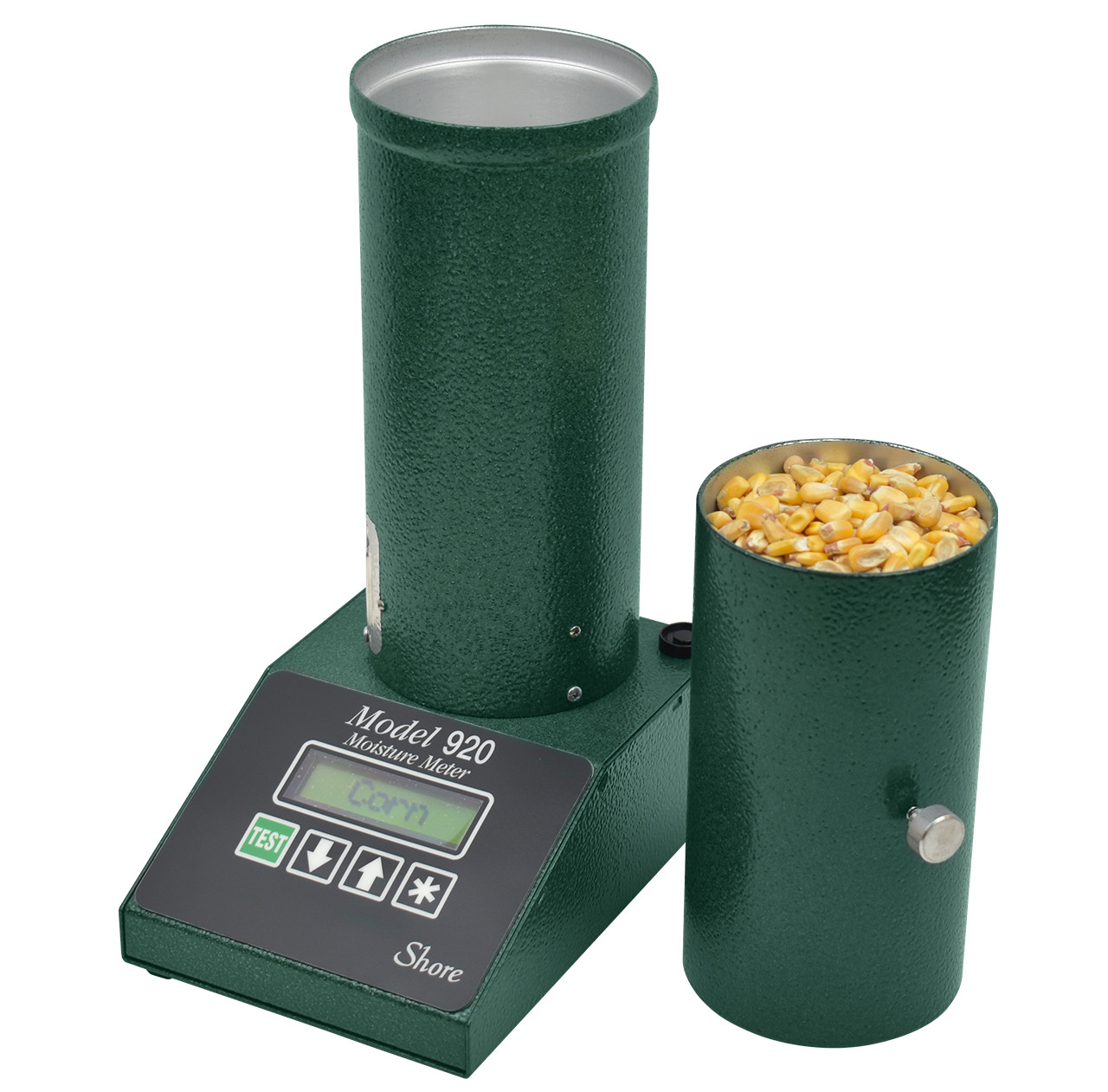Explore the World of Moisture Meters: Every Little Thing You Need to Know
In the realm of dampness meters lies a globe of accuracy and usefulness that frequently goes unnoticed. Understanding exactly how moisture meters run, the various types readily available, and their diverse usages can lose light on their relevance in making certain high quality and performance.
Exactly How Moisture Meters Work
Moisture meters run by measuring the electrical conductivity or capacitance of products to determine the moisture material existing. These meters are very useful devices throughout different industries, consisting of agriculture, building and construction, and woodworking. By using different techniques such as pinless or pin-type technology, dampness meters give accurate analyses that help professionals make educated choices.
Pin-type dampness meters work by putting the sharp pins right into the material being checked. The electrical conductivity in between the pins is then gauged, with higher wetness levels resulting in increased conductivity. Moisture Meter. On the various other hand, pinless dampness meters utilize electro-magnetic signals to scan a bigger location without causing any damage to the product's surface area. These meters are perfect for rapidly examining wetness levels in large areas or finished items.
Despite the technique utilized, moisture meters play an important function in avoiding issues such as mold and mildew development, structural damages, or item defects caused by excess moisture. Understanding how these meters work is vital for guaranteeing the high quality and stability of products in various applications.
Kinds Of Moisture Meters
Provided the essential role dampness meters play in various industries, it is necessary to understand the different types available to experts for accurately evaluating moisture degrees - Moisture Meter. There are largely two primary kinds of dampness meters: pin-type and pinless wetness meters

On the various other hand, pinless wetness meters make use of electromagnetic sensing unit plates to check a larger area of the product without triggering any damages. This type is ideal for rapidly scanning huge areas and is generally used for floor covering, walls, and ceilings. Pinless meters are practical for taking readings on finished surface areas without leaving any type of noticeable marks.
Both kinds of wetness meters have their benefits and are selected based upon the specific demands of the job available. Recognizing the differences between these kinds is important for specialists to make accurate dampness assessments.
Applications Across Industries
With varied functionalities, wetness meters locate extensive application throughout numerous industries, assisting professionals in guaranteeing optimum problems for frameworks and products. In the farming sector, wetness meters are very useful for determining the wetness material in grains, seeds, and hay, making certain quality assurance and avoiding mold and mildew development. Building and construction professionals depend on wetness meters to examine the dampness degrees in structure products like drywall, wood, and concrete, which is important for preserving architectural honesty and protecting against issues like rot check my reference or mold. The get more flooring industry utilizes moisture meters to measure the moisture content in subfloors prior to mounting numerous flooring treatments, stopping pricey problems as a result of excess dampness. In the food market, moisture meters are used to check and regulate moisture levels in products such as grains, nuts, and dried out fruits to keep freshness and quality. Additionally, dampness meters play a crucial function in the remediation and damage control market by helping specialists deal with and recognize water damages in buildings promptly. Throughout these diverse sectors, wetness meters are important tools for making sure the high quality, safety, and durability of various products and items.
Tips for Utilizing Dampness Meters
When gauging the moisture content in different products,Make use of the moisture meter's calibration settings to make sure exact analyses. Calibration is crucial for the proper functioning of a wetness meter. Prior to each usage, it is advisable to check and adjust the calibration settings according to the certain product being examined. Additionally, make sure the meter is readied to the appropriate wetness variety for the material you are determining to acquire one of the most exact outcomes.
When using a pin-type moisture meter, insert the pins to the appropriate deepness advised for the product being checked. This guarantees that the wetness readings are taken from the proper deepness within the material, offering a more exact depiction of its wetness content. For pinless dampness meters, bear in mind to preserve proper call with the product's surface to get trustworthy readings.
Routinely examine and replace the batteries in your moisture meter to protect against incorrect analyses because of reduced power. When not in usage to prolong its life expectancy and maintain its accuracy, Shop the meter in a completely dry and risk-free area. By following these pointers, you can take full advantage of the efficiency of your wetness meter and get precise wetness web content measurements across various materials.
Maintenance and Calibration
To make certain the precision of dampness web content dimensions, normal upkeep and calibration of the dampness meter are crucial actions in its correct performance. Calibration changes the wetness meter to make sure that it supplies constant and reputable results.
Calibration needs to be done periodically, specifically if the wetness meter is used regularly or in vital applications where accurate dimensions are needed. By adjusting the moisture and keeping meter frequently, users can rely on the accuracy of the wetness web content measurements gotten.
Final Thought

To conclude, moisture meters play a vital duty in various markets by properly measuring the wetness web content of materials. Understanding exactly how these tools work, the different types readily available, and correct maintenance and calibration are vital for getting reliable results. Whether in farming, production, or construction, the usage of dampness meters aids make certain quality assurance and efficiency in processes.

In conclusion, dampness meters play a critical duty in different markets by precisely measuring the dampness web content of products.